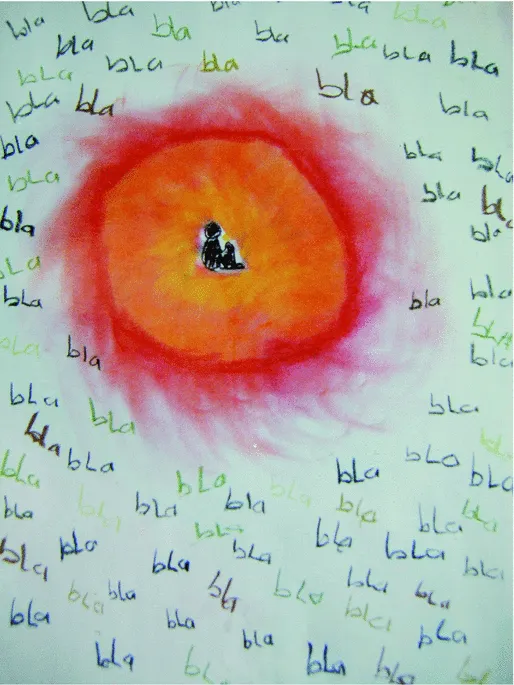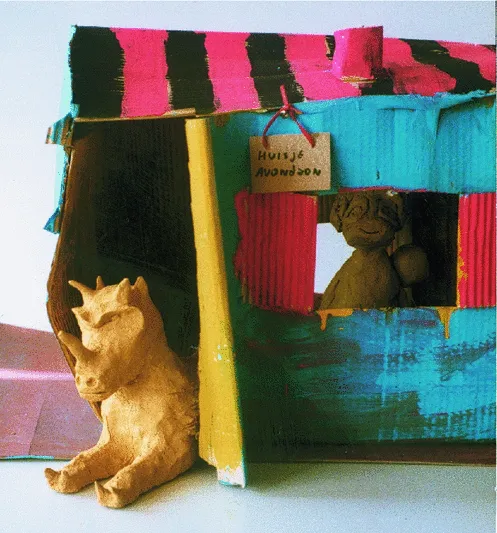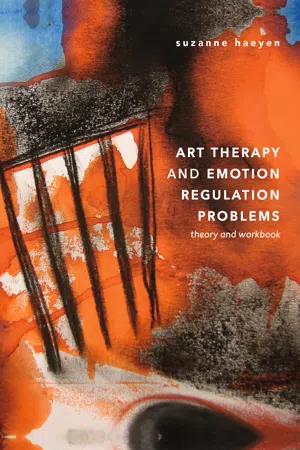1.1 Introduction

1.2 The Phenomenon of Personal Space
1.3 Personal Space as Your Own Territory
1.3.1 Human Territory


In this innovative work which combines theory and practice, Suzanne Haeyen explores how art therapy can be useful to people with emotion regulation problems, or 'personality disorders', in diagnostic terms. Covering a number of basic themes encountered in clients with personality disorders, it offers insight into the theory behind art therapy techniques and discusses the current state of research in the field.
In its second part the author provides a workbook based on aspects of dialectical behavioural therapy skill training developed by Marsha Linehan, including mindfulness, emotion regulation, interpersonal effectiveness and distress tolerance. This section also discusses the use of schema-focused therapy; a method developed by Jeffrey Young, and offers a number of exercises for use in specific practice situations. Alongside summaries of the theory, the author explores the multidisciplinary nature of these therapeutic methods and provides 106 exercises which have beendeveloped in practice.
This book offers new ideas and practical tools that will be invaluable to all art therapists working with clients who have difficulties expressing, recognising or coping with their feelings, and who find expressing their feelings through creative work easier than with words.

